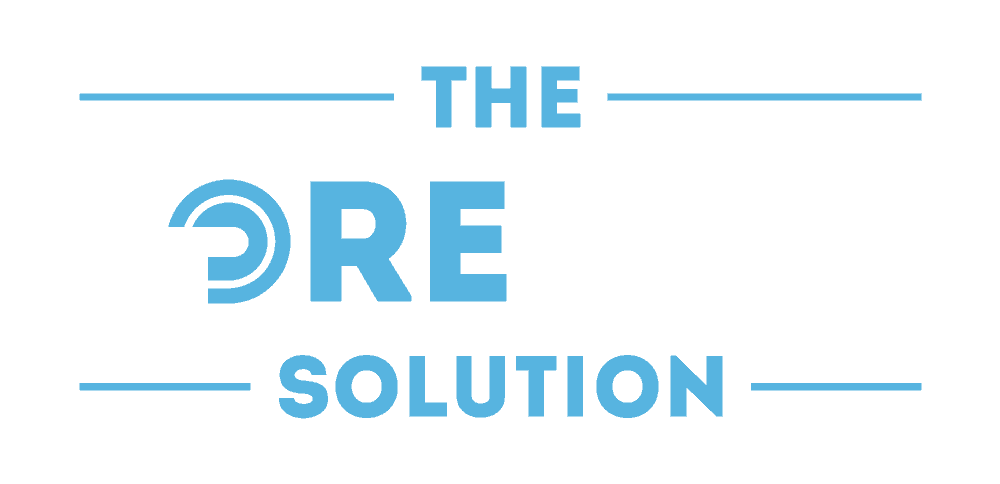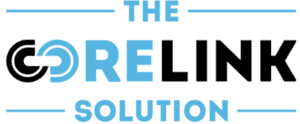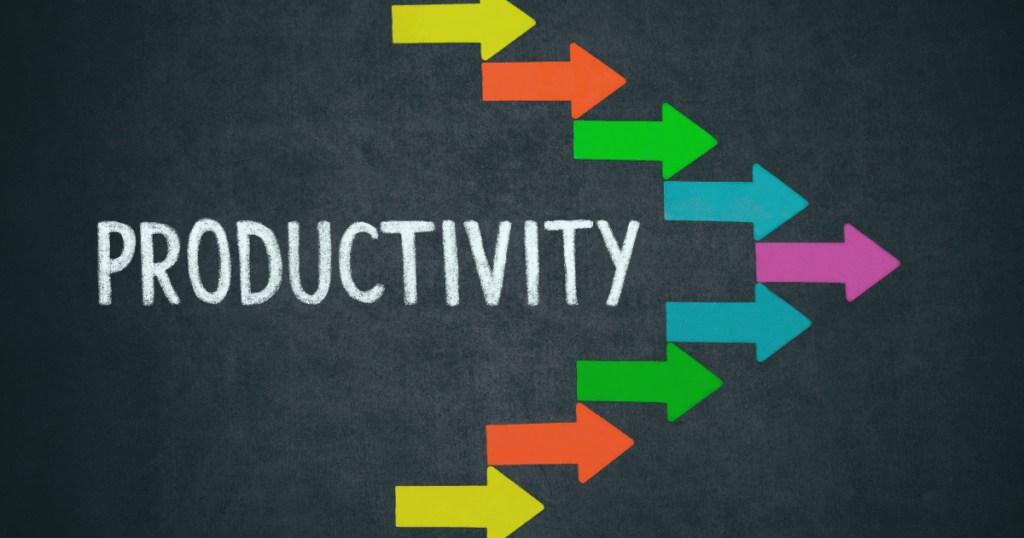Best AI Productivity Tool (2025): 10 Tools That Actually Deliver Results
AI productivity tools are here to stay.
Artificial intelligence is no longer a futuristic concept; it is a daily reality shaping how we work, learn, and create. The growing ecosystem of AI-powered productivity tools has moved beyond novelty, embedding itself in the workflows of professionals, students, and organizations of all sizes. From automating routine scheduling to generating high-quality written content, AI is now the invisible teammate that quietly eliminates friction.
Yet, with the abundance of tools claiming to be the “best,” it can be difficult to know which solutions are genuinely useful and which are redundant. The most effective approach is not to search for one single tool that does everything, but to build a stack that covers the essential areas of planning, communication, writing, meetings, and workflow automation.
Below, we take a deep dive into ten of the most impactful AI productivity tools available in 2025. Each entry includes a breakdown of its core strengths, features, pricing snapshot, and a practical tip for real-world use.
- Motion — Adaptive Scheduling for Complex Workdays Best for: Professionals who need help organizing overwhelming to-do lists and unpredictable calendars.
Motion is a dynamic AI planner that continuously builds and reshapes your daily schedule. By ingesting tasks, deadlines, and meetings, it generates an optimized calendar that automatically adapts as priorities shift. The platform has expanded into an “AI Workplace,” integrating projects, tasks, and documents so users are not toggling between fragmented apps.
Key Features
- Auto-scheduling with constant reprioritization
- Integrated task and project management
- Cross-device apps for desktop and mobile
Pricing Snapshot: Motion’s AI Workplace plan begins at approximately $29 per month for a single user. Multi-seat plans introduce additional credits and collaborative features.
Pro Tip: Upload a backlog of unfinished tasks with estimated durations—Motion becomes significantly smarter as it learns from real workload data.
- Reclaim.ai — Protecting Focus Time
Best for: Professionals who want to preserve time for deep work and healthy routines.
Reclaim specializes in time blocking. It intelligently reserves space on your calendar for priority tasks, personal routines, and breaks, automatically shifting those blocks as new meetings appear. It is particularly effective for individuals who want to balance work with habits such as exercise, reading, or family time.
Key Features
- Smart task blocks that auto-reschedule
- Personal and team scheduling modes
- Integrates directly with Google Calendar and Outlook
Pricing Snapshot: Free tier available; paid plans start in the low teens per user, with annual discounts offered.
Pro Tip: Pair Reclaim with a task manager like Motion or ClickUp to ensure both deadlines and personal focus receive equal attention.
- ClickUp (with ClickUp Brain) — The AI-Powered Work OS Best for: Teams seeking an all-in-one environment for tasks, documents, and goals.
ClickUp has positioned itself as a full work operating system, and its AI assistant, ClickUp Brain, is central to that promise. It delivers contextual answers and content directly within tasks, comments, and documents. This means you can ask it to generate a sprint summary, draft requirements, or surface blockers—all without leaving the app.
Key Features
- Generative AI across tasks, documents, and chats
- Advanced project management tools (dashboards, goals, views)
- Expanding integrations with communication and storage apps
Pricing Snapshot: Core plans begin at around $7 per seat per month (annual billing). AI features are available as an add-on.
Pro Tip: Create prompt templates for recurring workflows (e.g., project updates or meeting summaries) to ensure consistent team-wide outputs.
- Notion + Notion AI — Knowledge Management with Intelligence
Best for: Centralizing documents, notes, and wikis with built-in generative support.
Notion has become the default hub for modern knowledge work. The addition of Notion AI transforms static pages into living documents that can summarize, generate, and reformat content with a single command. This makes it especially powerful for project knowledge bases, brainstorming, and turning notes into structured plans.
Key Features
- Inline AI commands across any page or database
- Automatic summarization and translation
- Unified docs, tasks, and knowledge in one workspace
Pricing Snapshot: Notion maintains Free, Plus, Business, and Enterprise tiers. AI functionality is available as an add-on whose pricing varies based on plan type.
Pro Tip: Build database templates with preloaded AI prompts (e.g., “convert meeting notes into tasks with owners”) to streamline adoption across teams.
- ChatGPT — The Versatile Everyday Assistant Best for: Fast ideation, drafting, and problem-solving across multiple domains.
ChatGPT remains the most widely recognized AI assistant due to its versatility. It handles everything from writing first drafts to explaining data formulas or generating slide outlines. In its latest form, ChatGPT integrates with files, cloud storage, and team workspaces, making it a cornerstone tool for both individuals and enterprises.
Key Features
- Strong reasoning and writing capabilities
- File analysis and integration with Google Drive, OneDrive, and Dropbox
- Team, Education, and Enterprise plans with admin controls
Pricing Snapshot: Individual Plus plan remains $20 per month; team and business tiers cost approximately $25–$30 per user per month.
Pro Tip: Maintain a personal “prompt library” for common tasks such as article outlines, SEO keyword integration, or data-cleaning instructions to save time.
- Grammarly — Writing Clarity Meets Generative AI Best for: Polishing professional writing with tone control and AI drafting.
Grammarly has expanded from grammar corrections to a robust AI writing assistant. Its generative features compose, summarize, and adapt tone directly in the platforms where most people write: Gmail, Microsoft Word, Google Docs, and web browsers.
Key Features
- Context-aware rewrites and tone adjustments
- Reply suggestions and generative summaries
- Enterprise-level team management and compliance features
Pricing Snapshot: Premium plans start around $12–$15 per user per month when billed annually.
Pro Tip: Establish guidelines for when generative AI is appropriate—teams in academic or compliance-heavy industries often reserve it for brainstorming, not final submissions.
- Otter.ai — Real-Time Meeting Transcription Best for: Professionals who spend significant time in meetings and want searchable records.
Otter attends meetings virtually, providing live transcription, automatic summaries, and extracted action items. Its ability to identify speakers and store discussions in a searchable archive makes it invaluable for teams that need reliable records of decisions.
Key Features
- Real-time transcription and summaries
- AI-generated action items and highlights
- Works across Zoom, Google Meet, and Microsoft Teams
Pricing Snapshot: Free plan available; Pro and business tiers expand transcription limits and collaborative features.
Pro Tip: Create shared folders for different clients or projects so meeting transcripts are immediately categorized and accessible.
- Zoom AI Companion — Built Into Your Calls Best for: Teams already embedded in the Zoom ecosystem.
Zoom’s AI Companion provides a seamless experience for meeting productivity. It generates real-time notes, action items, and follow-up tasks, while also offering insights across chat, email, and calls.
Key Features
- Automated meeting summaries and tasks
- Expanding into cross-platform integrations
- Included with eligible paid Zoom Workplace accounts
Pricing Snapshot: Many AI Companion features are included with paid Zoom plans; specialized AI functions may require add-ons.
Pro Tip: Enable AI notes for all recurring meetings to build a comprehensive, searchable decision log. 9. Zapier with AI & Canvas — Automating Workflows
Best for: Automating repetitive tasks without coding.
Zapier remains the leader in no-code automation, now enhanced with AI routing and its Canvas visualization tool. Users can design, test, and automate processes that span hundreds of apps, from CRMs to messaging platforms.
Key Features
- Over 8,000 app integrations
- AI-powered text classification and summarization steps
- Canvas for mapping workflows visually before automation
Pricing Snapshot: Plans are tiered by task volume; AI features are included in higher tiers.
Pro Tip: Begin with human-approved workflows before automating fully. This safeguards against errors while building trust in the process.
- Airtable with AI — Smarter Databases for Teams Best for: Managing data-heavy workflows such as content pipelines or lightweight CRMs.
Airtable combines spreadsheet simplicity with database power. With Airtable AI, teams can categorize data, summarize rows, and even generate content snippets at scale. This makes it a strong choice for operations teams and content managers.
Key Features
- AI-powered field summaries and classifications
- Custom interfaces and role-based permissions
- Automations for repetitive workflows
Pricing Snapshot: Paid tiers range from $20 to $45 per user per month with varying AI credit allocations. Free plans include 500 AI credits per month.
Pro Tip: Add an AI-generated “confidence” field to flag records requiring manual review, ensuring quality control across large datasets.
How to Select the Right AI Productivity Tool
Choosing the right AI productivity tool depends less on the features themselves and more on your workflow context. Ask:
- What is my biggest bottleneck—planning, writing, meetings, or handoffs?
- Does my team need shared visibility, or is this a solo use case?
- Will the tool integrate with my existing platforms (Google, Outlook, Slack)? 4. Does the AI provide transparency and audit logs for its decisions?
- How does the tool handle privacy and data retention?
Conclusion
AI productivity tools are not just conveniences; they are becoming fundamental to how modern work is structured. Rather than searching for one universal solution, the most effective strategy is to combine tools that complement one another. A planner like Motion, a writing assistant like Grammarly, a meeting tool like Otter, and an automation hub like Zapier together create a powerful ecosystem that eliminates friction across the workday.
In 2025, the best AI productivity tool is the one that integrates smoothly into your unique workflow, balances cost with functionality, and saves you measurable time. The future of work is collaborative, and AI is now a key partner in that collaboration.
If this article has inspired you, please subscribe to our newsletter to be alerted when the next piece is released. You can also support the continued creation of this content by making a tax-deductible donation.




